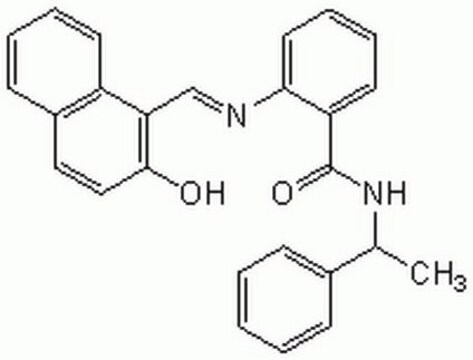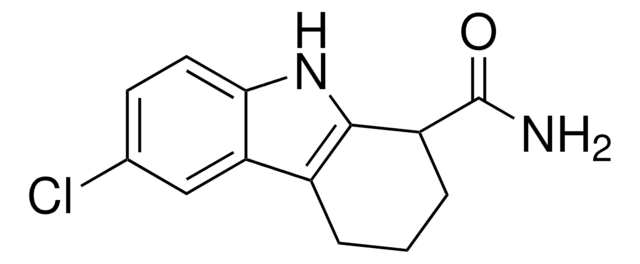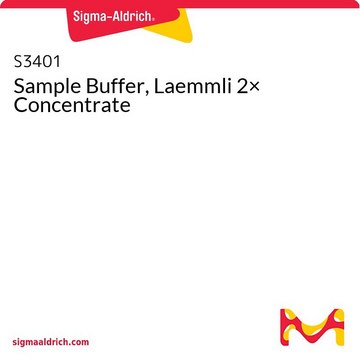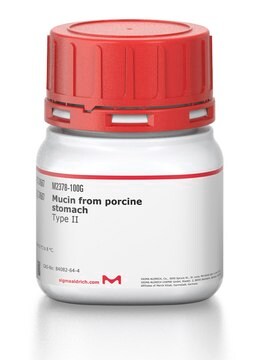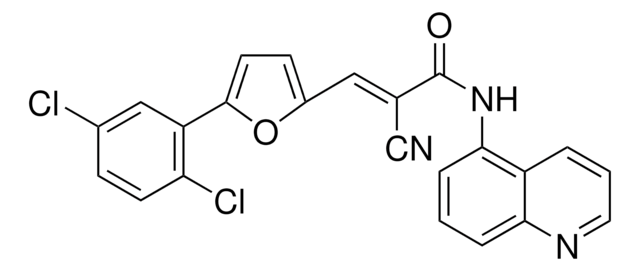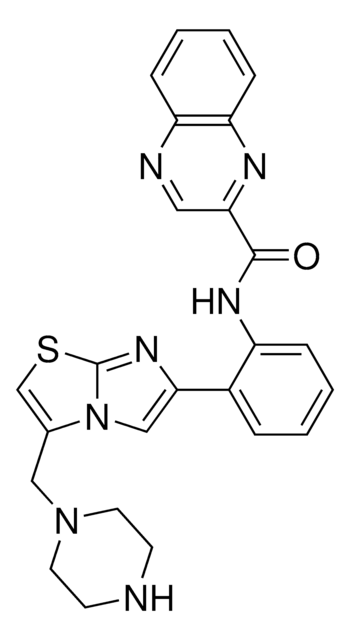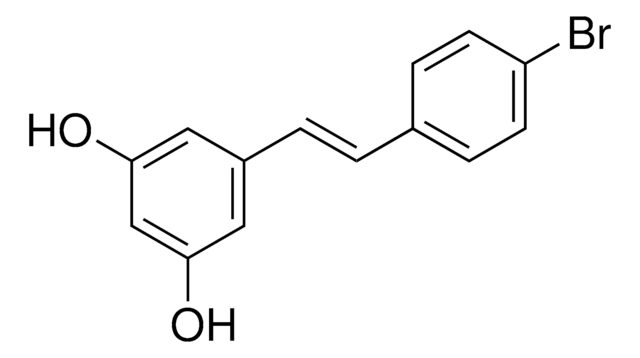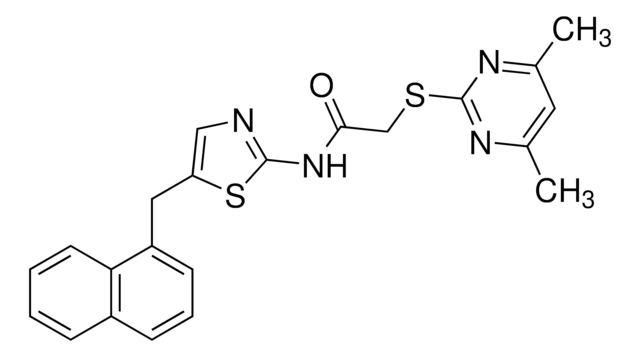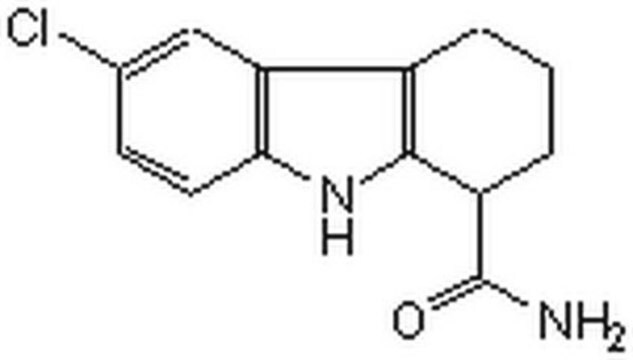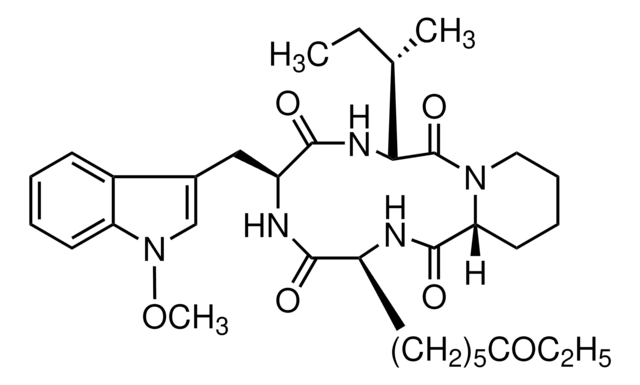S7942
Sirtinol
≥95% (HPLC)
Synonym(s):
2-[(2-Hydroxynaphthalen-1-ylmethylene)amino]-N-(1-phenethyl)benzamide
Sign Into View Organizational & Contract Pricing
All Photos(1)
About This Item
Empirical Formula (Hill Notation):
C26H22N2O2
CAS Number:
Molecular Weight:
394.47
MDL number:
UNSPSC Code:
12352203
PubChem Substance ID:
NACRES:
NA.77
Recommended Products
Quality Level
Assay
≥95% (HPLC)
form
solid
solubility
DMSO: soluble
storage temp.
−20°C
SMILES string
CC(NC(=O)c1ccccc1\N=C\c2c(O)ccc3ccccc23)c4ccccc4
InChI
1S/C26H22N2O2/c1-18(19-9-3-2-4-10-19)28-26(30)22-13-7-8-14-24(22)27-17-23-21-12-6-5-11-20(21)15-16-25(23)29/h2-18,29H,1H3,(H,28,30)/b27-17+
InChI key
UXJFDYIHRJGPFS-WPWMEQJKSA-N
Gene Information
human ... SIRT1(23411) , SIRT2(22933)
Application
HUVEC were treated with sirtinol to study the effect on induction of transcription factor Krüppel-like factor 2.4 Sirtinol was used to treat human embryonic kidney cells to study the effect on the expression on Werner syndrome protein.5
Biochem/physiol Actions
Sirtinol inhibits yeast Sir2p transcriptional silencing activity in vivo, yeast Sir2p and human SIRT2 deacetylase activity in vitro. It inhibits the physiological regulators of platelet aggregation such as thrombin and collagen, attenuates intracellular Ca2+ release and formation thromboxane B2. It may increase levels of cAMP by inhibition of cAMP phosphodiesterase and inhibit the aggregation of platelets.2 Sirtinol reduces inflammatory responses of human dermal microvascular endothelial cells to TNF-α and IL-1β.3
Sirtinol inhibits yeast Sir2p transcriptional silencing activity in vivo, yeast Sir2p, and human SIRT2 deacetylase activity in vitro.
Features and Benefits
This compound is a featured product for Gene Regulation research. Click here to discover more featured Gene Regulation products. Learn more about bioactive small molecules for other areas of research at sigma.com/discover-bsm.
related product
Product No.
Description
Pricing
Storage Class Code
11 - Combustible Solids
WGK
WGK 3
Flash Point(F)
Not applicable
Flash Point(C)
Not applicable
Personal Protective Equipment
dust mask type N95 (US), Eyeshields, Gloves
Choose from one of the most recent versions:
Already Own This Product?
Find documentation for the products that you have recently purchased in the Document Library.
Customers Also Viewed
Angela Orecchia et al.
PloS one, 6(9), e24307-e24307 (2011-09-21)
Histone deacetylases (HDAC) are key enzymes in the epigenetic control of gene expression. Recently, inhibitors of class I and class II HDAC have been successfully employed for the treatment of different inflammatory diseases such as rheumatoid arthritis, colitis, airway inflammation
Jorge Gracia-Sancho et al.
Cardiovascular research, 85(3), 514-519 (2009-10-10)
Resveratrol activates Sirtuin 1 (SIRT1), a nicotinamide adenine dinucleotide-dependent deacetylase which modulates metabolic homeostasis and improves several pathophysiological features present in diseases of ageing. In particular, it has been shown that SIRT1 activation improves endothelial dysfunction and suppresses vascular inflammation
H Mutoh et al.
The American journal of physiology, 261(1 Pt 1), G65-G70 (1991-07-01)
We examined the role of reduced glutathione as a defense mechanism against acid-induced gastric mucosal cell damage in vitro. Cellular stores of reduced glutathione were depleted by reaction with diethyl maleate (DEM) or 1-chloro-2,4-dinitrobenzene (CDNB) and increased by reaction with
Jun Feng et al.
European journal of pharmacology, 791, 632-639 (2016-10-30)
Tanshinone IIA (Tan) exerts potential protective effects against cardiovascular diseases. Oxidative stress and inflammation are involved in cardiac hypertrophy. Activation of silent information regulator 1 (SIRT1) signaling has been suggested to attenuate cardiac hypertrophy. This study aims to evaluate the
Mina Eriksson et al.
International journal of radiation oncology, biology, physics, 100(1), 174-187 (2017-11-07)
We previously reported that sphere-forming non-small cell lung cancer (NSCLC) tumor-initiating cells (TICs) have an altered activation of DNA damage response- and repair proteins and are refractory to DNA-damaging treatments. We analyzed whether chromatin organization plays a role in the
Our team of scientists has experience in all areas of research including Life Science, Material Science, Chemical Synthesis, Chromatography, Analytical and many others.
Contact Technical Service